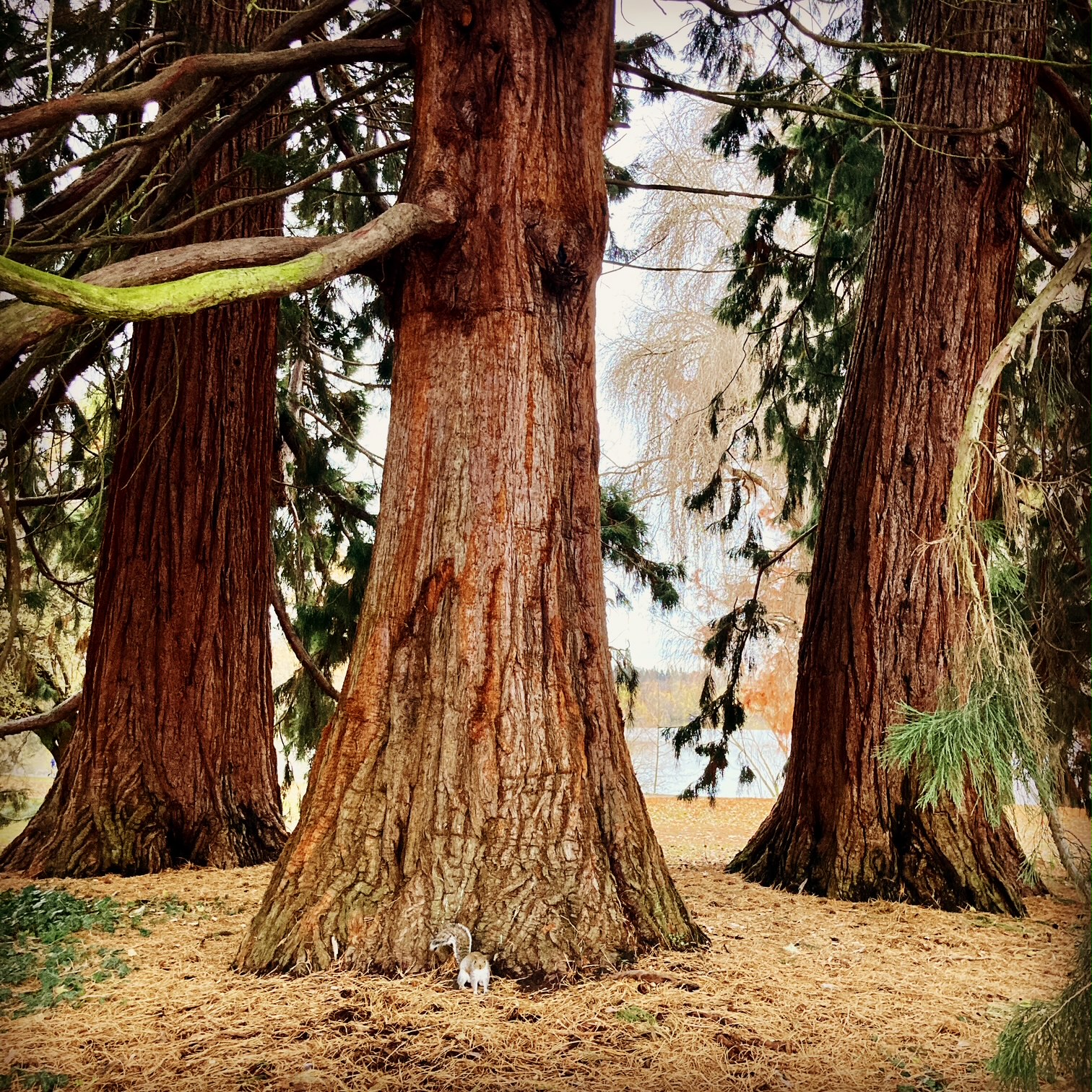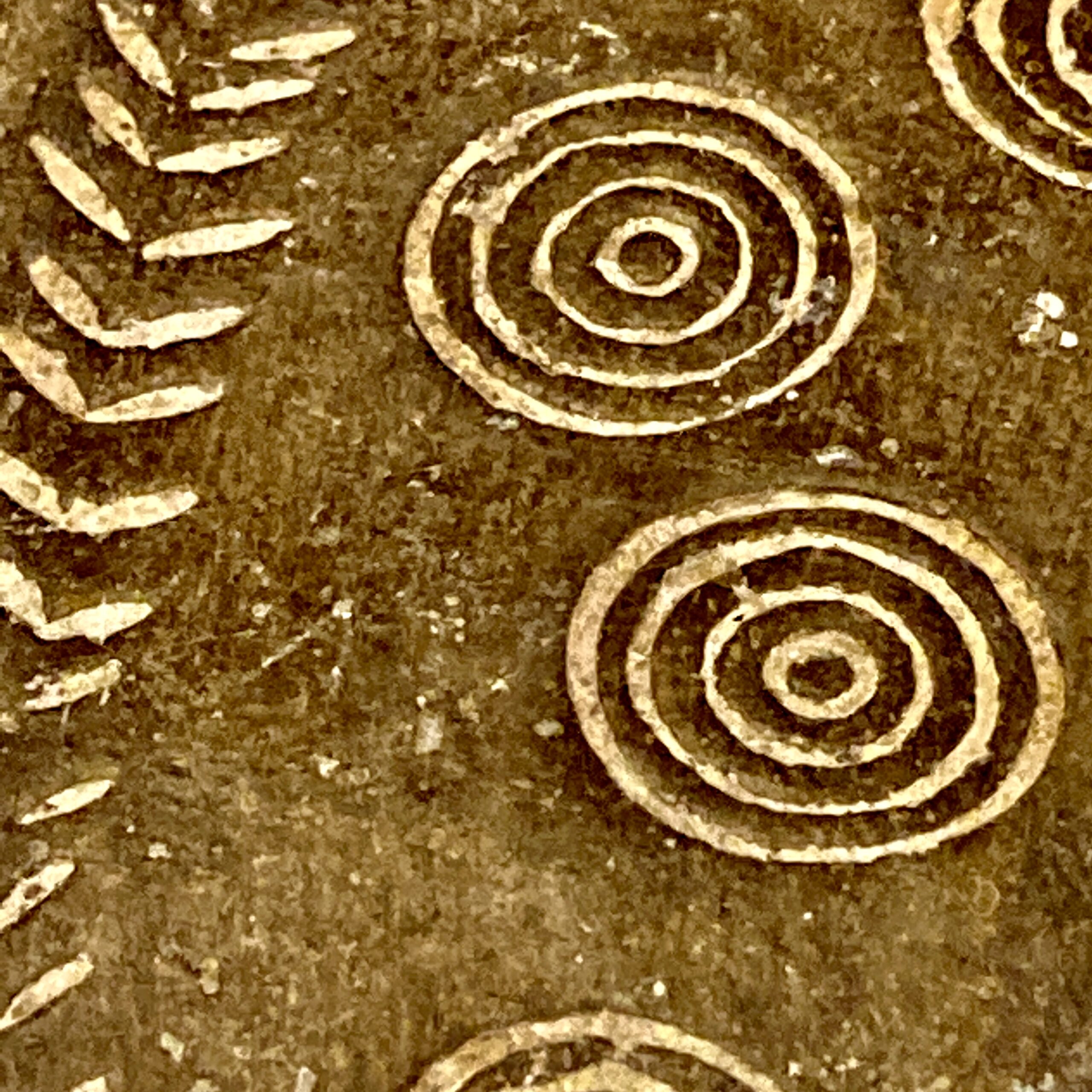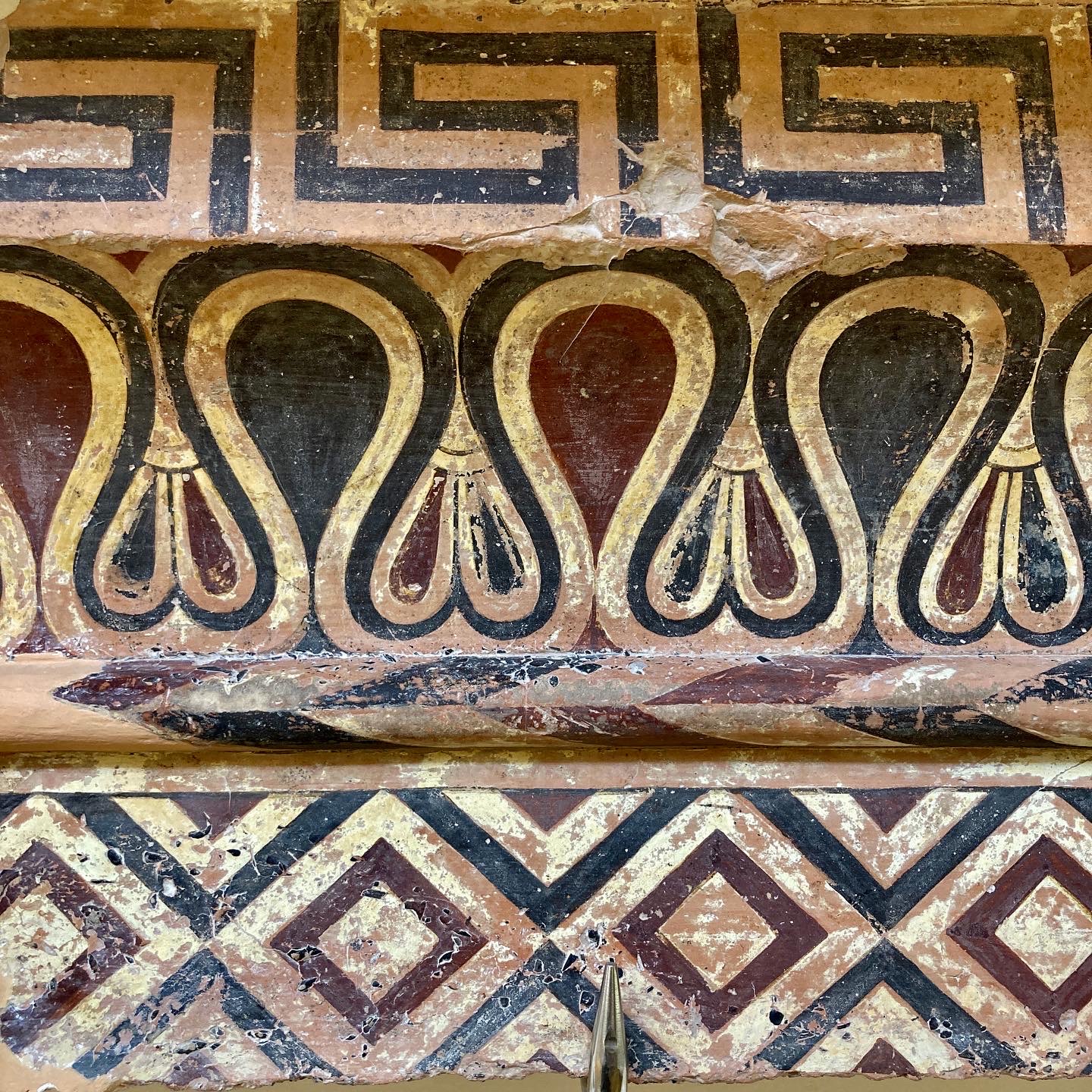Written from Kanchipuram, just completed/edited:
As I write, I think I hear the monkeys squabbling outside my window. Maybe not. I mean, wouldn’t they be asleep at this hour? My curtains are drawn shut because it is only 4:30am. Jet lag has me up at this hour. If I were to pull back the curtains, I might very well see a peeping-Tom monkey pressing its face against my window. It’s happened to me before in Rishikesh. I find monkeys both creepy and cute. The sign on the desk in my hotel room warns me not to open the window.
Monkey Menace
Dear Guest,
We request you to keep all doors and windows shut to prevent monkeys from entering your room.
I will not be opening the window. This is the monkey we saw the next morning outside the hotel. (photo courtesy of Jayne)

We are in the city of Kanchipuram, the city of a thousand temples. Kanchi, as the city is called for short, is one of the seven holiest Hindu cities in India. It is a kṣetra, a sacred ground and a field of active power. It is a place, according to Hindus, where moksha, the final release, can be obtained.

When I think of a place of sacred ground or kṣetra, I think of our own North American National Parks, untouched forests, and unspoiled wildlife refuges. For me, these are also fields of active power where I feel a presence so much stronger than myself, where I tap into the vibrations and energy of earth, trees, rivers, and wildlife.
Kṣetra also reminds me of the North American native people’s ley lines, where certain burial grounds are or where ancient places of worship can be found. Other ancient cultures, such as the Druids, also had areas of sacred ground where they felt spiritual energy or magnetic pulls more strongly.

We visited three temples in this temple city of thrumming chaotic energy. In the morning, we visited Chidambaram Temple. In the afternoon, we visited Kailashnath Temple and Kamakshi Temple. My mind is still abuzz with the throngs of temple-goers, a dense hubbub of spirit, prayer, and so many sounds which eventually become a cacophonous hum of humanity.

We watched as Arvind felt so overcome with the strong pull of kṣetra, that he was seeing rainbows appear before his eyes as we was walking. He stopped and sat down on the temple’s stone ledge. He sat in a meditative posture, closed his eyes, and seemed to disappear into a world of peace.

The temples of India are living temples. By that I mean people go to pray, to see the form of the deity and, more importantly, they go to be seen by the deity. They also go to socialize, to be with their families, to be blessed, to find peace and joy. They converse and chant. They give offerings of flowers and lit butter ghee candles. They sprinkle vermilion powder over the heads of the goddess and receive blessings from the priest. They put white ash on their foreheads. They sit on the stone flooring of the temple and eat free blessed food given out by the priests, food that is often sweet and served on a banana leaf. They take selfies, and laugh.

And along with the sounds of the praying and laughing voices that are echoing off the stone carved pillars and walls, there is drumming and there’s a trumpet. Surely the gods are pleased to see all this chaotic happiness. Add to the drum beat and the blaring trumpet the sound of thousands of bangles and ankle bracelets, softly clinking together like bells, and the colors of brilliant saris, most of them red and trimmed out with gold threads, the color red worn to honor the mother goddess Parvati. And lastly, there’s the shrill warbling voice of a woman singing mantras and holy songs. Her voice comes over a speaker system and later she is joined by male voices. This is a living temple at its best!

Sculpture of Guru and Student:

The ceilings of the temples are covered in colorful mandalas and the stone floors decorated with kolams. Kolams are geometric drawings created with rice flower or painted on the temple floors in brilliant colors. Kolams symbolize auspiciousness and good luck. They are found in the temples as well as in front of the main door of homes in South India.

Everywhere you look, there are stone sculptures depicting stories of the gods and goddesses.
The photo below depicts the most important story of Hinduism. Seated is Shiva, the supreme God of Dissolution. Shiva is also known as the Destroyer, but he is also the Patron of Yoga, Meditation, and the Arts. Standing next to him is his consort Parvati. One day, she walked over to him and closed his eyes. As soon as she did this, the whole world went DARK.

Well the story goes on how Parvati must show how truly sorry she is because Shiva is very angry about her having closed his eyes. And she does redeem herself, showing her devotion to him when she tightly hangs on to the Shiva Lingam in the midst of a Ganges River flood, risking drowning, in order to protect and save the generative powers of the lingam, also the symbol of Shiva.
So why is this the most important story in Hinduism? Because light comes from God. When you shut God’s eyes, there can’t be any light. People in India go to the temple above all to view the deity and to have the deity see them, to be seen and to see the Divine. This is Darshana. When you connect with light, you connect with God. Statues and sculptures represent the qualities of the deities and therefore carry the power of Shiva or Parvati, or an aspect of the God being represented. (Thank you, Arvind, for the explanation. I hope I have represented your teachings accurately.)
Dear Reader, I have been to India a fair number of times and I am still trying to make sense of what I see. I am still fascinated as ever and I am still learning. Every time I am here, I learn more about humanity. I learn more about joy and life, kindness and generosity. Every time I am here, I learn more about spirituality. Thank you, Arvind, for helping us to navigate this intricate and fantastic place called India!







Beautiful post, Fran! I love Kanchipuram.